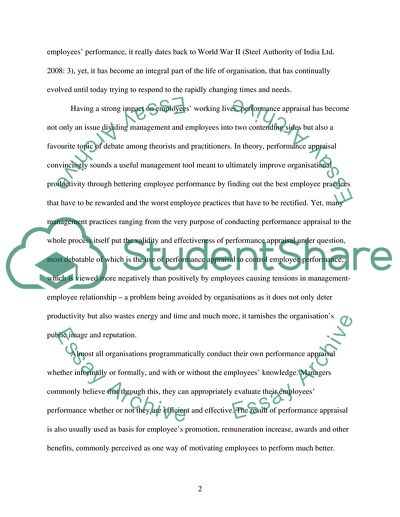Cite this document
(“Performance Appraisal Systems in Human Resource Management Research Paper - 1”, n.d.)
Performance Appraisal Systems in Human Resource Management Research Paper - 1. Retrieved from https://studentshare.org/human-resources/1726680-human-resource-management
Performance Appraisal Systems in Human Resource Management Research Paper - 1. Retrieved from https://studentshare.org/human-resources/1726680-human-resource-management
(Performance Appraisal Systems in Human Resource Management Research Paper - 1)
Performance Appraisal Systems in Human Resource Management Research Paper - 1. https://studentshare.org/human-resources/1726680-human-resource-management.
Performance Appraisal Systems in Human Resource Management Research Paper - 1. https://studentshare.org/human-resources/1726680-human-resource-management.
“Performance Appraisal Systems in Human Resource Management Research Paper - 1”, n.d. https://studentshare.org/human-resources/1726680-human-resource-management.


